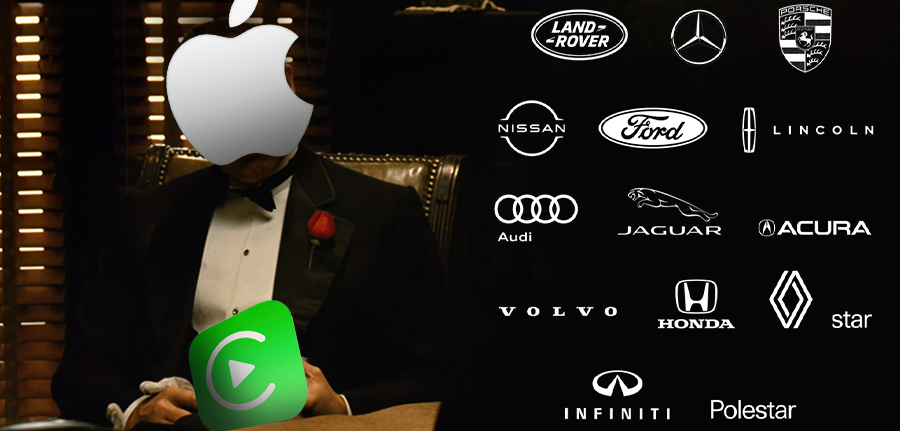Apple’s car machine takeover plan
WWDC has always been a busy time in the tech industry, and it was no surprise that last night we saw the various preheating of Apple’s early morning release event. However, we decided to be rational and give up staying up late since there seemed to be no new digital devices to be replaced recently.
However, when we opened our phones in the morning, we were surprised to find that this year’s biggest hot topic at Apple’s WWDC was neither the M2 chip nor the new Mac product, it was cars.
To be precise, it was CarPlay.
This sudden hot topic began at 37 minutes and 50 seconds into the event, after the Apple Smart Home section had ended, when the CarPlay icon appeared on the big screen.
The speaker for this new segment was Emily Schubert, Senior Manager of Apple’s Car Experience Engineering, who immediately announced a set of impressive data: More than 98% of cars in the United States support Apple CarPlay.
But what was even more striking was the next sentence: More than 79% of car buyers in the United States will only consider purchasing a car with Apple CarPlay. In other words, if car manufacturers refuse to use CarPlay, they risk losing nearly 80% of the U.S. car consumer base.
Having made her point, Emily went on to introduce the changes in the new generation of CarPlay. With larger screens becoming a trend in car design, CarPlay now has more room to shine. Its most significant change is that it is now “larger”.
Highlights of her presentation included:
-
Providing content for all screens, with a unified top-of-the-line experience;
-
Deeper integration with the car’s hardware, allowing users to adjust vehicle functions like air conditioning without exiting CarPlay;
-
A rich variety of widgets that can display a wealth of information on various screens;
-
The new CarPlay “drives” the dashboard, displaying all vehicle information;
-
Adaptability to various screen shapes and display modes, allowing for customized display styles on instrument panels;
-
Car manufacturers eagerly await new models with full integration of the new CarPlay to be release later next year.Actually, these highlights can be summarized into three aspects: user experience, working mode, and data integration.
From Shared to Whole Leasing
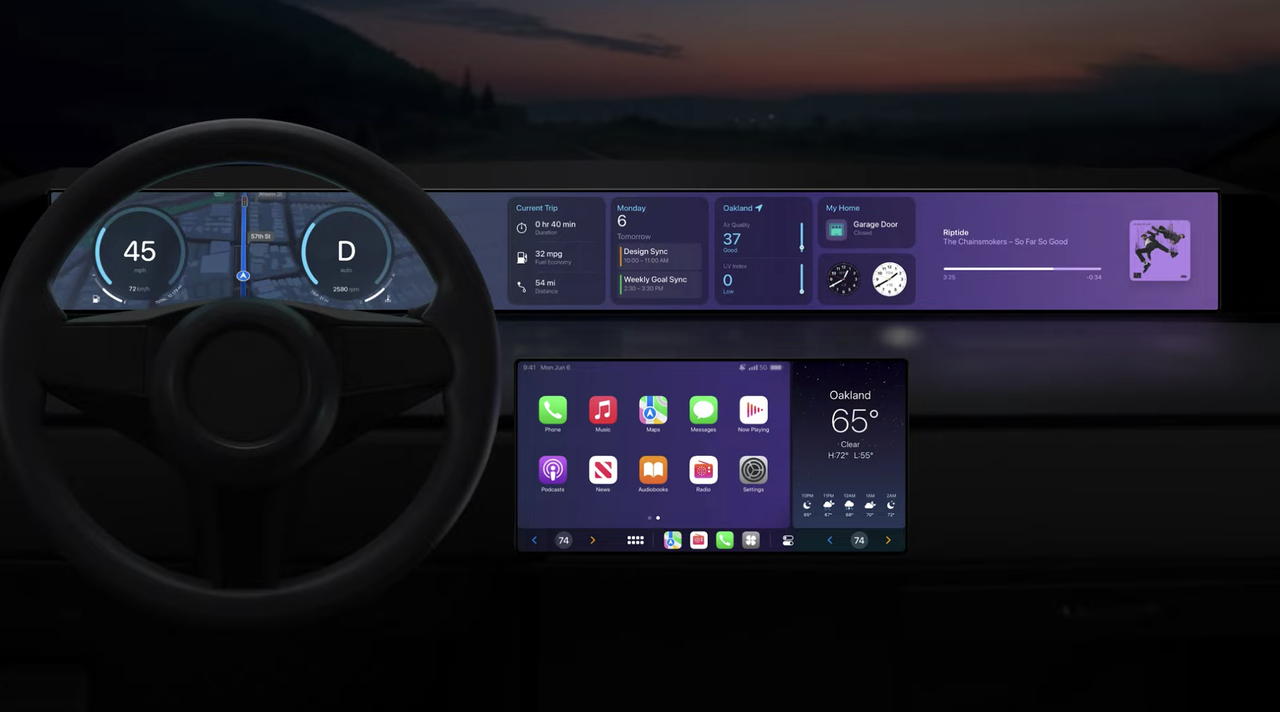
The most intuitive change is that CarPlay has changed from an application attached to the car machine, to the main part of the car machine. Previously, CarPlay was shared with other applications on the car machine, but now it has become the sole tenant, taking control of the entire car machine interface. The benefit is a more comprehensive and unified user experience. CarPlay can support all screens in the car.
Specifically, the improvement in user experience brought by “whole leasing” is reflected in three aspects: interactive interface design, personalized customization display, and functional experience.
From the demonstration at the press conference, it can be seen that CarPlay has completely transplanted the current iOS design style, from icons to widgets, to the entire interface. It fully integrates iOS minimalism, smoothness, and eye-catching colors.
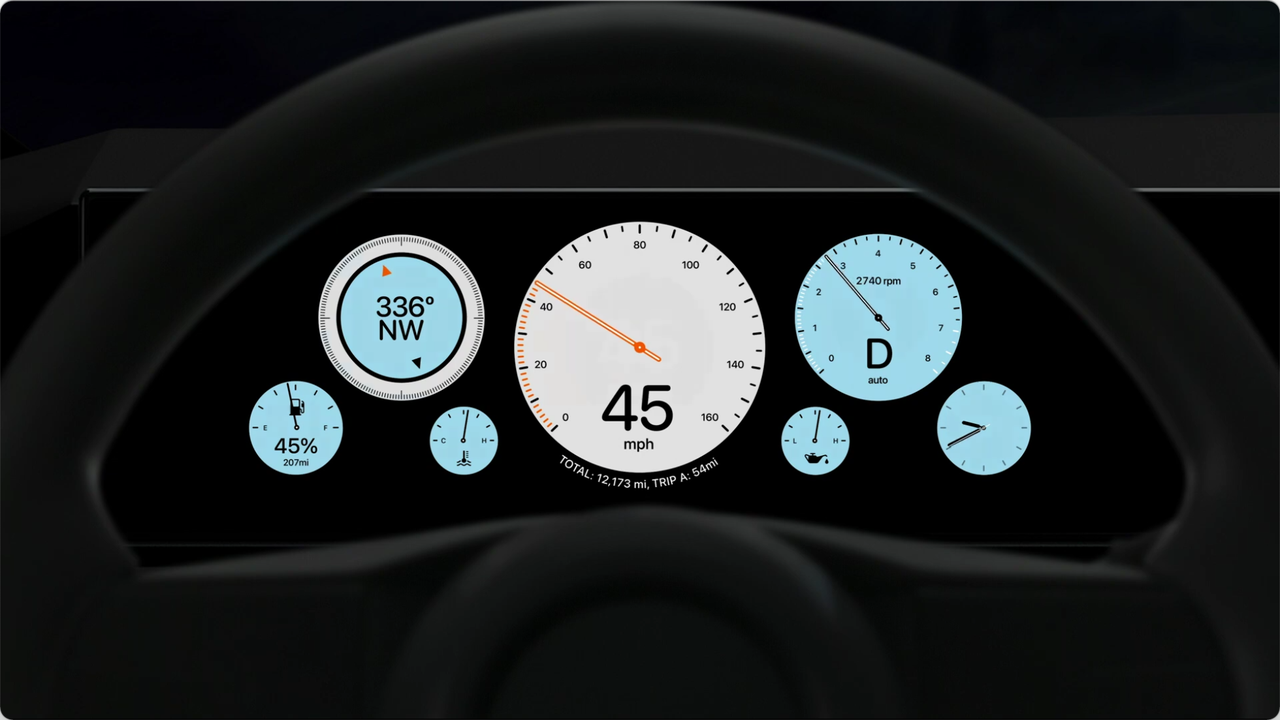
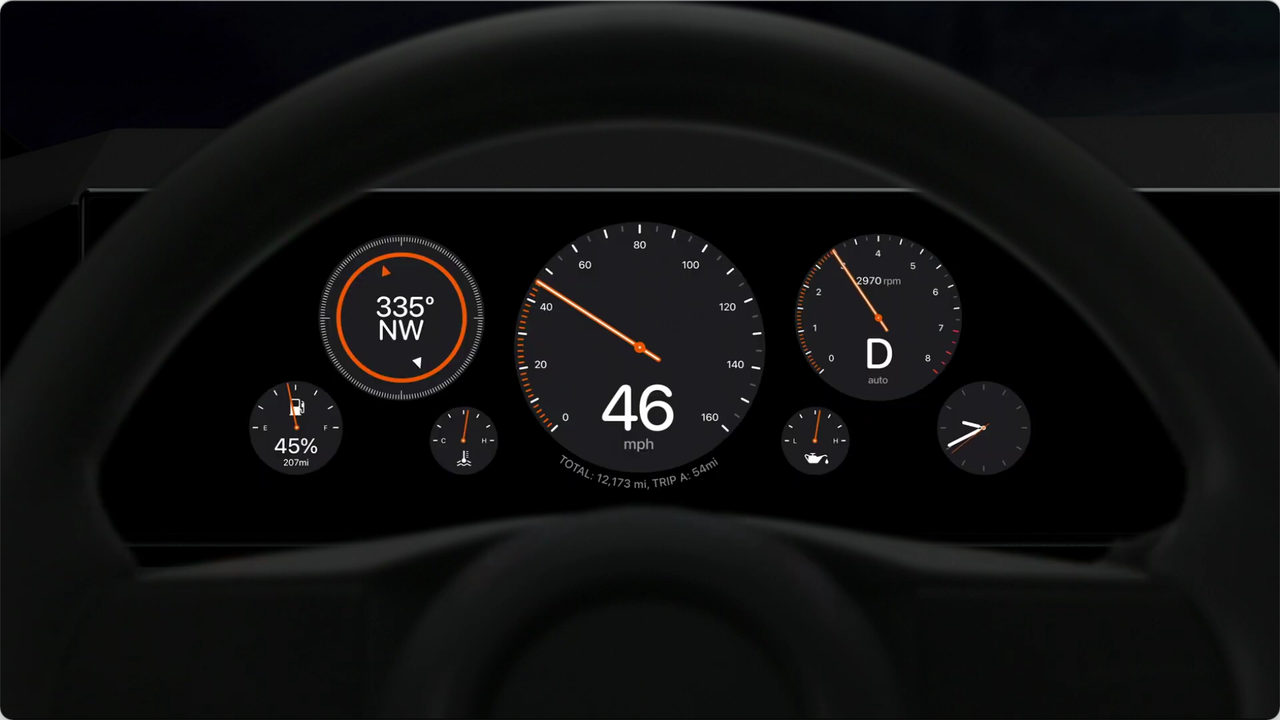
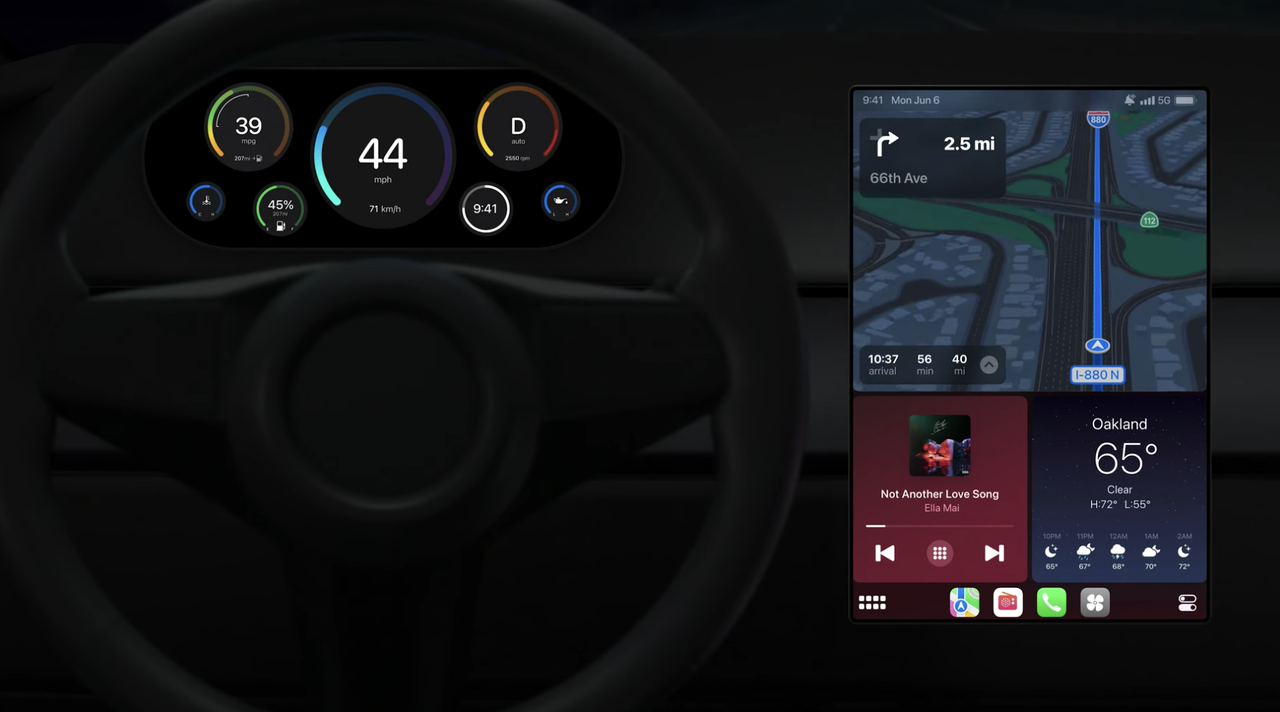
Not to mention how poorly designed most traditional car machine UIs are, even when compared with the better ones like Tesla’s special UI, the gap in aesthetics is still evident.
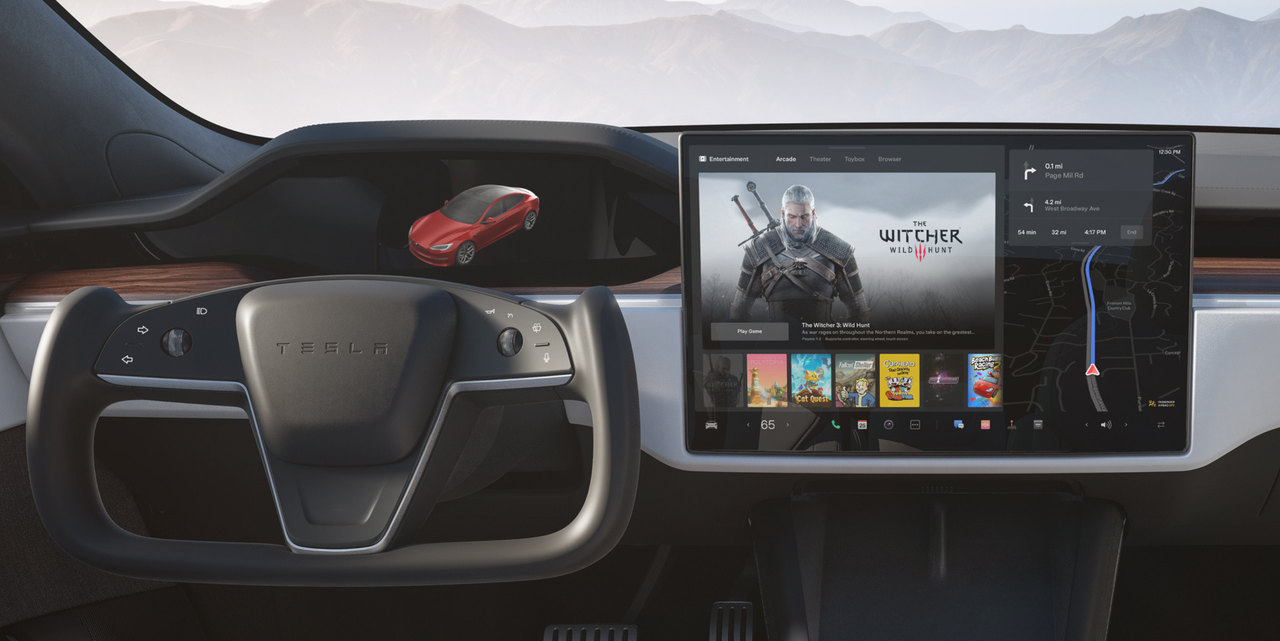
In terms of personalized information display, the new CarPlay provides rich widget functions. Rich information + highly customizable. This probably taps into the itch that technology enthusiasts cannot resist, which is an experience of “total information control”.
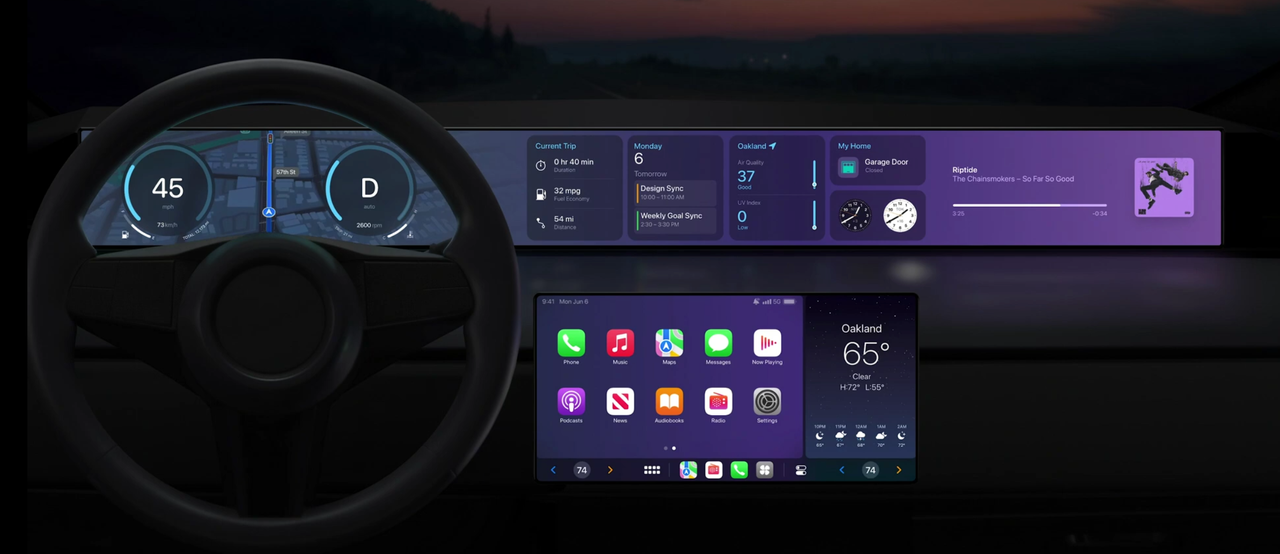
Although current car machine designs generally support different information cards that can be switched on the instrument panel screen, the high level of freedom to customize widgets on a complete large screen like Apple’s has never been seen before.
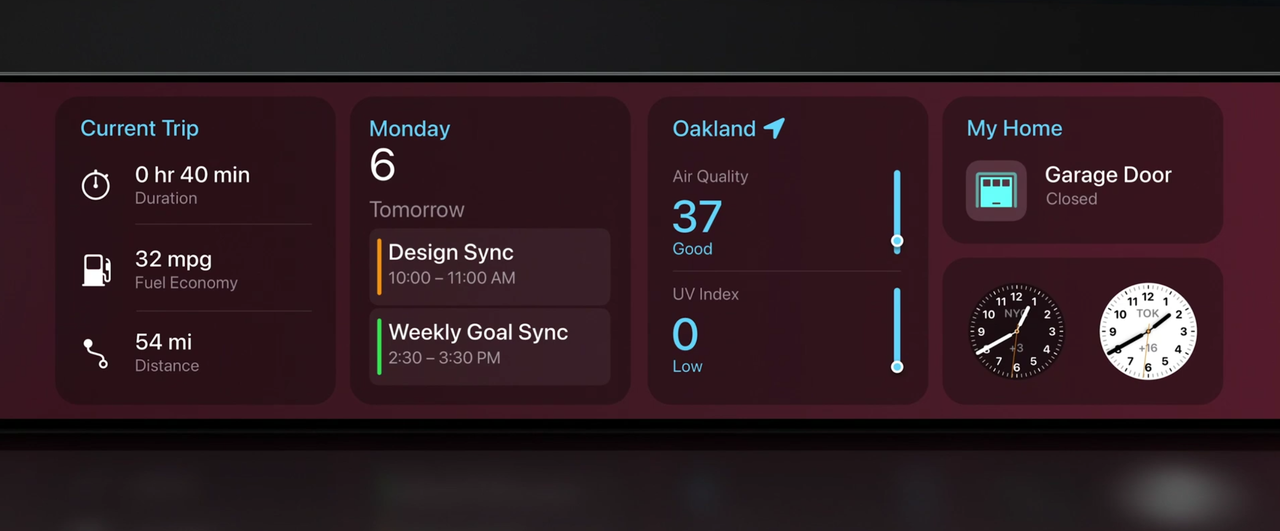 The highly “ecosystematized” user experience can also be seen in the small app widgets. Needless to say, in terms of music and navigation, the display also shows calendar, weather and other information that is synchronized from the iPhone. One can also imagine the seamless synergy experience of the brand new CarPlay and HomeKit in the future.
The highly “ecosystematized” user experience can also be seen in the small app widgets. Needless to say, in terms of music and navigation, the display also shows calendar, weather and other information that is synchronized from the iPhone. One can also imagine the seamless synergy experience of the brand new CarPlay and HomeKit in the future.
Furthermore, in theory, all apps on the iPhone can seamlessly access CarPlay for use in cars. This means that no apps need to be installed on the car device, as apps on the phone can provide smooth functionality directly.
Taking into account the extremely creative third-party developers in the Apple ecosystem who have created numerous iOS apps, it is not hard to imagine the space for developing limitless car driving apps. It seems that we are about to see a new generation of app frenzy in the auto industry, starting with the new generation CarPlay.
Of course, the specific difficulty of adapting and developing software is still unknown, but for software companies, it should be easier to adapt to various car devices through the iPhone than it is to adapt to Android apps on different systems permanently.
From central control to car control
The functional experience of interface design is ultimately superficial. In fact, the biggest highlight of the new CarPlay display is its working mode.
The current version of CarPlay functionality, in fact, simply mirrors an iPhone screen onto a car screen as an audio and video output. For controlling the car function, it is not very user-friendly. For instance, on some cars, the user has to switch to the CarPlay interface to adjust the air conditioning temperature on the screen, which makes the user’s experience inconsistent.
That is to say, in the existing CarPlay functionality, the relationship between the iPhone and the car device is similar to that of a set-top box and a TV. By using a TV set-top box, the native operating system of the TV itself is neglected.
With the brand new CarPlay, the iPhone becomes a “PC” as it begins to process information from the vehicle, including information such as speed, RPM, fuel level, air conditioning, etc. It processes the data and then transmits it to the car display for viewing. The iPhone and the vehicle interact at a deeper level, no longer simply mirroring the phone screen.Using Apple’s words, the all-new CarPlay “drives” the vehicle dashboard, with iPhone as the device terminal interacting with the vehicle’s real-time system and displaying all vehicle information. To put it simply, iPhone is like an OBD external device that reads vehicle information and displays it on the car screen, while also enabling vehicle control.
This solves a big problem: in an era where car software and hardware iterate rapidly, factory models can support continuous software upgrades without the need for hardware upgrades, as long as your iPhone is powerful enough and new enough.
You may have heard that some manufacturers have recently been providing aftermarket 8155 chip upgrade services, but with the all-new CarPlay, this is no longer an issue. CarPlay itself has relatively low requirements for car hardware, and the hardware performance at the time of factory production can generally support the entire lifecycle of the vehicle. Regardless of the high computational demands of application software, it can be handled by the user’s iPhone, as it is much more convenient to replace a phone than to replace car hardware.
Blurred Boundaries: Cooperation or Penetration?
With the all-new CarPlay, Apple and host manufacturers need to deepen their cooperation, as there are two changes. One is the diversified screen styles, and the other is Apple’s need to access more vehicle information.
Traditional car screen styles only have one main screen, which makes it relatively easy for CarPlay to adapt. However, as car interior designs increasingly favor large and multiple screens, the all-new CarPlay aims to adapt to all screens in the vehicle, whether long or short, large or small, and integrate them all. This will inevitably face a considerable workload.
For the need to access vehicle information, the level of willingness of host manufacturers and the level of information they can provide are also challenges for CarPlay. CarPlay has evolved from being a delivery person who just delivers the goods to, now, a cook who comes to cook. Although the food tastes good, host manufacturers are somewhat apprehensive about letting strangers into their homes.
In the context of the increasing emphasis on data value and data becoming an important production factor, the word “data” is almost synonymous with “sensitivity”. Apple now needs basic data such as speed, rpm, fuel consumption, and air conditioning, but what about the future? What kind of breakthrough will be required for auxiliary driving? The boundaries between industries are becoming increasingly blurred, and after all, there have been rumors for many years that Apple is building a car, so it may become a competitor tomorrow.
The answers to all these mysteries will be revealed in the second half of next year, when models equipped with the all-new CarPlay are launched. You can guess which brand will be the first to launch the model in the product planning of the following brands.
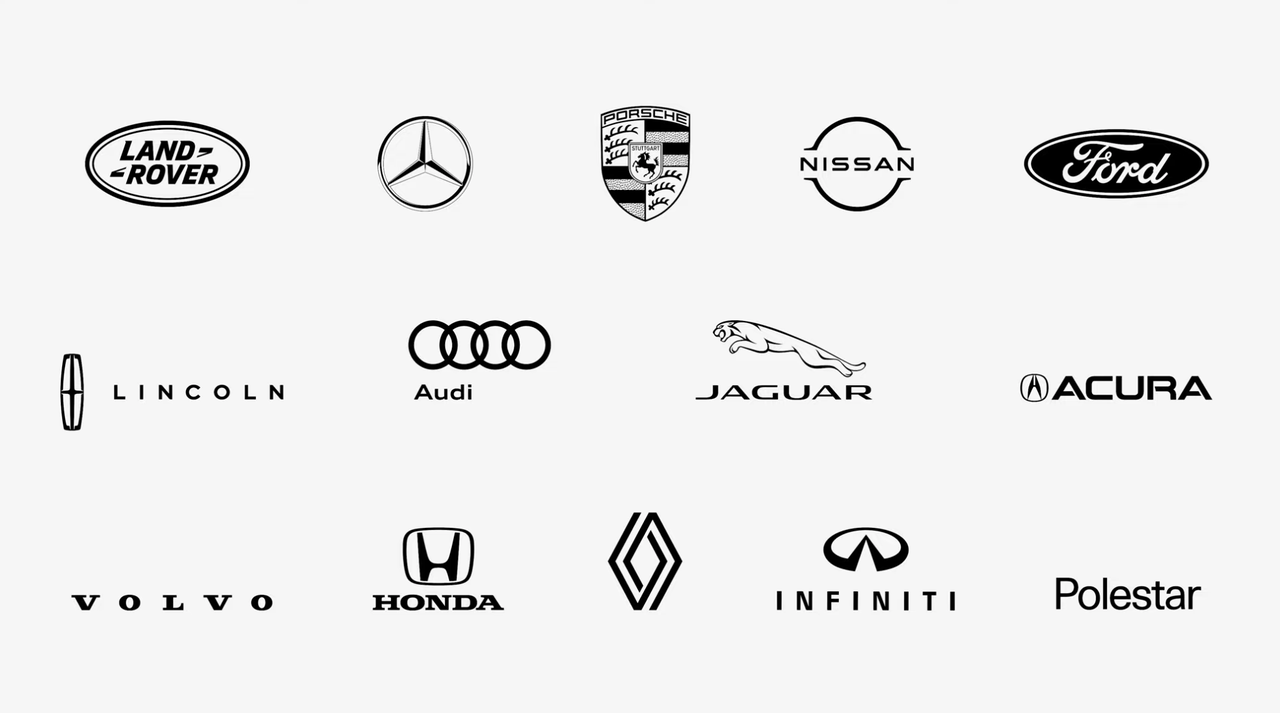
The Pros and Cons of the All-New CarPlayThe all-new CarPlay brings a new breath of fresh air to the current car audio system. To be honest, when I saw that CarPlay can show RPM (revolutions per minute), I was confused because information about revolutions per minute has disappeared from new energy vehicles already. Afterward, I realized that the all-new CarPlay isn’t only limited to electric vehicles.
As media focused on new energy vehicles, we are used to the relatively decent audio system of the first-line new forces, and have ignored the audio systems of fuel-powered cars, which comprise the majority of the automobile market.
As you know, the audio systems of many car manufacturers are just not up to par. This is exactly where the all-new CarPlay has set its footing.
It’s foreseeable that the launch of the all-new CarPlay will have a significant impact on the competition for intelligent automotive cockpit experience. It is a huge advantage for traditional car companies but could be a big disadvantage for new forces.
Looking back at the rise of new forces, due to their relatively mediocre vehicle engineering quality, the intelligent experience may be their greatest selling point. It is precisely the investment in intelligent aspects that makes them look fashionable and modern among various traditional car companies, attracting a large number of trendsetters who like to try new things. In terms of software for historically optional components, such as audio systems, traditional car companies mostly have limited investment and skills while they are good at manufacturing vehicles.
Many conservative car buyers face the dilemma of choosing between buying a new force brand car with excellent intelligent experience and giving up their preference for traditional brand faith or insisting on traditional brands with inferior intelligent experience. We often hear examples of some friends being unable to accept new force brands and choosing traditional strong car companies.
However, the all-new CarPlay may kick this dilemma out. Traditional car companies, with its blessing, instantly have an excellent intelligent automotive cockpit experience, which combined with traditional vehicle production skills, greatly enhances their attractiveness to consumers.
While new forces that have invested heavily in audio systems, their leading advantage may be caught up in one night by CarPlay. Although they have advantages in terms of vehicle control capability and integrated experience compared to CarPlay, how many consumers only want a beautiful UI and music navigation? Who knows what Apple will do next?
If the new forces also integrate the all-new CarPlay, where will their self-developed audio systems stand? The pressure is now on the side of new forces.
Conclusion
I bought my fuel-powered car five years ago, and the low-end model had only a small 4.2-inch screen. At that time, if I wanted to upgrade to an 8-inch screen, the price was over 6,000 yuan in the auto parts market. If I wanted to support CarPlay, I needed to spend an additional 4,000 yuan and buy a module. CarPlay was very “expensive” at that time.# 5 Years Flew By
Years have flown by in the blink of an eye. Having experienced various new energy vehicles, I can’t even recall the last time I used CarPlay. I suppose I have been spoiled by the infotainment system in new energy cars. Without the convenience it provides for my work, my experience with car infotainment would be no different from that of most traditional car owners who only use it to listen to music and radio, and are too lazy to even utilize navigation.
Times have changed. In today’s world where digital applications can be found in every corner of our daily lives, a great infotainment system can significantly improve one’s driving experience. For most automakers who are unable to develop good software for large or multiple screens, the new CarPlay is a savior. Apple’s prowess in UI design is more than enough to elevate the screen content of any traditional car manufacturer that adopts the new CarPlay.
Combined with Apple’s extensive ecosystem, if CarPlay further develops the mobile application adapted for cars, it will have a huge advantage in terms of the overall application scale, which will in turn attract more developers to enter Apple’s ecosystem. Ultimately, this will replicate the model of Apple’s App Store on mobile phones, and establish a barrier to entry that competitors find difficult to surpass.
Whether for traditional car manufacturers or new players, Apple’s strategy here is to focus on user loyalty.
The Godfather’s most remarkable trait is his ability to offer terms that others cannot reject. After years of constructing their iPhone-centered ecosystem, Apple’s infiltration into every aspect of users’ lives around the world is inevitable. As cars head towards an era of intelligence, users hope that their cars can provide a convenient, networked experience just like their phones. For Apple, CarPlay was the second step to take in 2014. Eight years later, CarPlay’s ambitions have expanded further, and Apple is now standing beside major automakers, using CarPlay as a weapon. Apple said calmly, “We already have 98% of the inventory market share in the U.S., and 79% of U.S. users only buy cars with CarPlay”. Mainstream automakers with little achievement in the field of intelligence have no other option but to take a look at their own infotainment system, then take a look at the customer base who use iPhones and are continually calling for CarPlay. The conclusion seems to have been predetermined.
Perhaps the new pattern of the era of infotainment systems is coming to us in just over three minutes at WWDC.
This article is a translation by ChatGPT of a Chinese report from 42HOW. If you have any questions about it, please email bd@42how.com.
